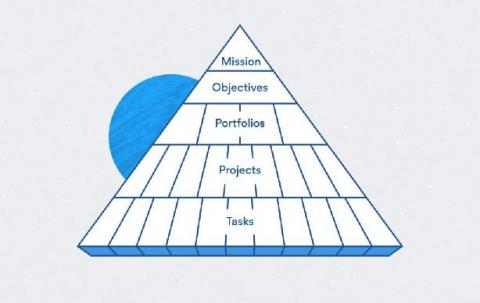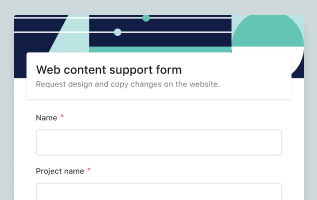How to create a pyramid of clarity with Goals in Asana
As a team lead, one of your most important responsibilities is to help team members prioritize the right work to support your organization’s goals. Easier said than done, we know. The fact is there are countless projects your team can be working on at any given time—not all of them high priority or impact. So how do you keep pesky low-priority work at bay and ensure everyone is using their limited time and energy effectively?











